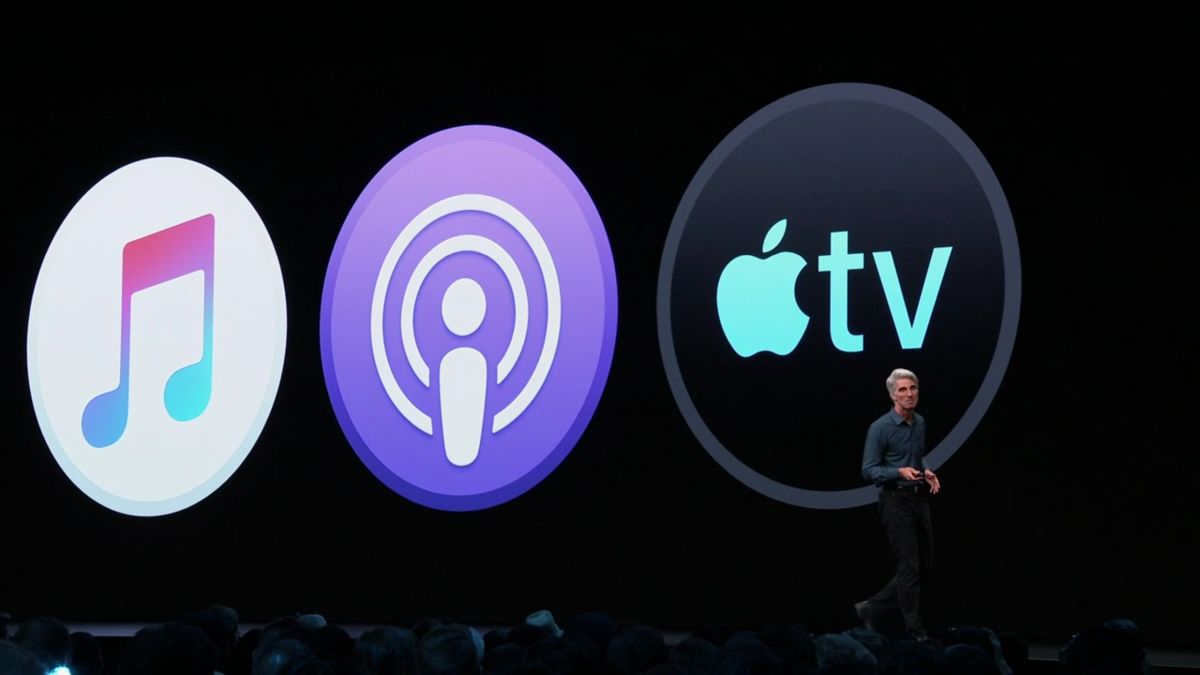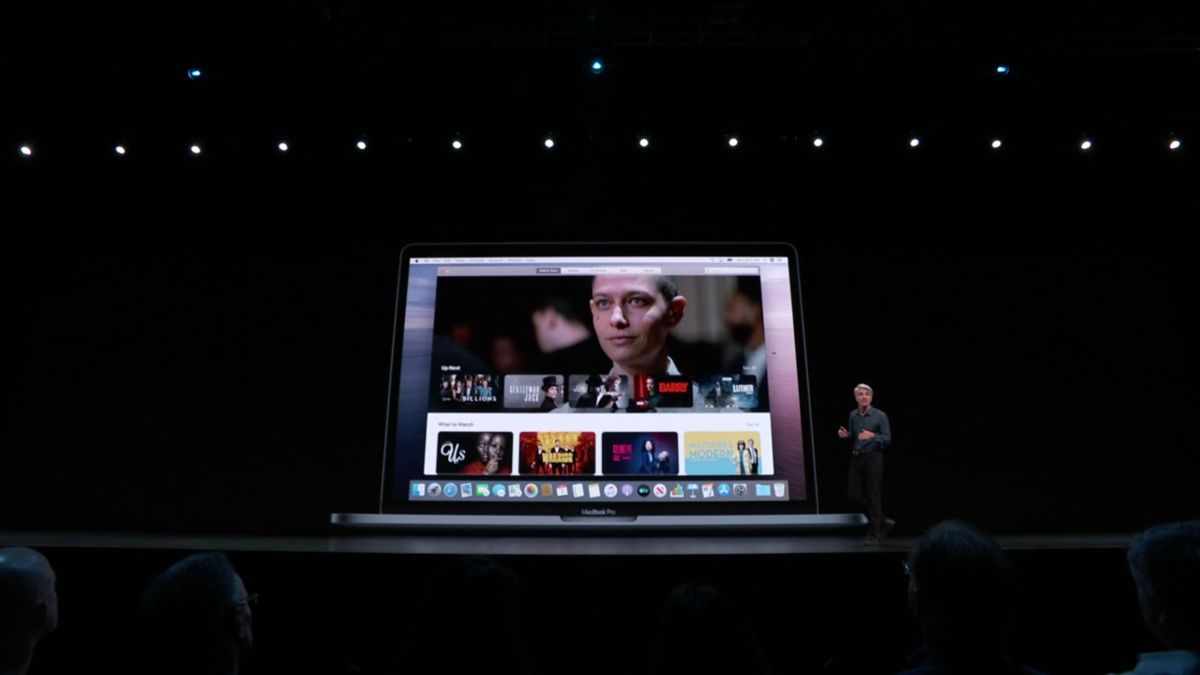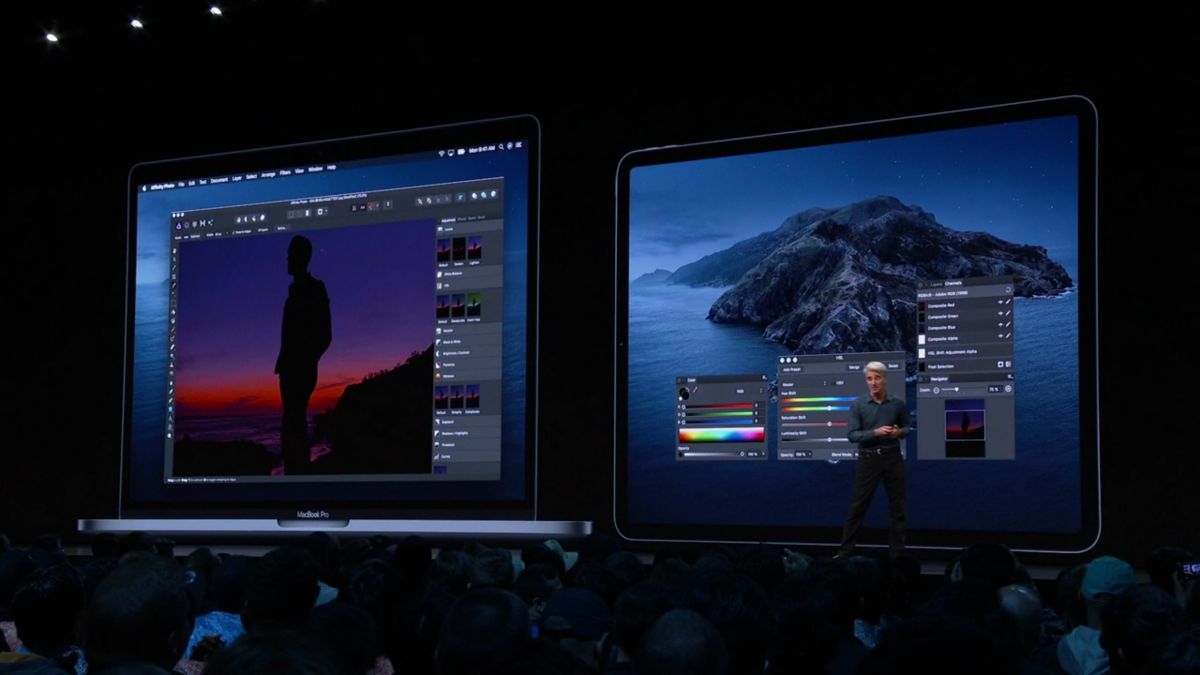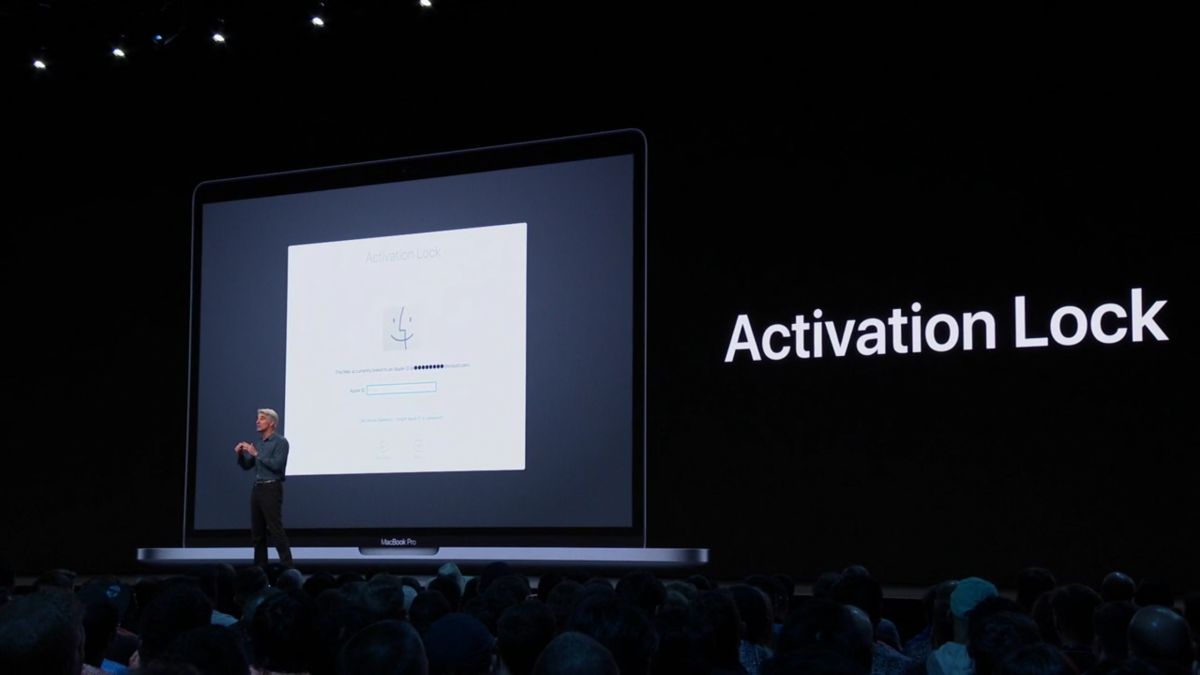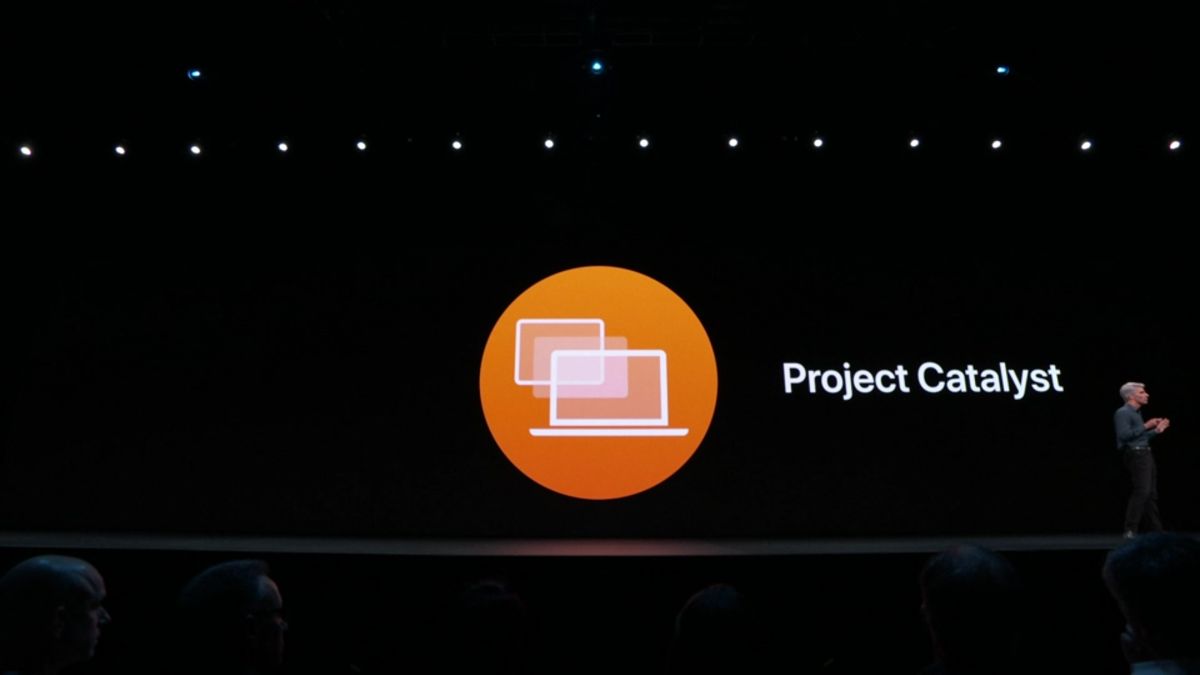Firstly, iTunes is officially dead. In its place, and as per earlier reports, the archaic program has now been replaced with three new apps; Apple Music, Apple Podcast, and Apple TV. The overall design of the Apple Music app is clean, and like Spotify, it even has a sidebar that displays different categories, such as your personal library, playlists you’ve created. Even music that the app curates for you based on your taste in music.
More importantly, Apple has redesigned the Sync function on Apple Music; the function has now been relegated to the sidebar (within the Finder tab), and won’t automatically try to sync your music and files. Just like the old iTunes app did. Apple Podcast is more or less similar to Music, save for one differentiating detail. With Podcast, Apple is using machine learning to help users to organise their podcast choices, making them easy to search for in the process.
Regarding the new Apple TV for Catalina; the new app sports cleaner and more streamlined design. On top of that, the app also supports 4K HDR playback, either in HDR 10 or Dolby Vision. As an extra added bonus, Apple has also included support for Dolby Atmos, and all of this will be “rendered right out of your Mac’s speakers”. On that note, it sounds as though this feature would be better off paired with a compatible surround sound system. Moving on, one of the latest and most impressive features to Catalina is Sidecar. Simply put, Sidecar allows Mac users who own the latest iPad to transform the latter into a second display for the Mac PC. The feature effectively opens up a whole new field of interaction with the two devices. For example, if you have an Apple Pencil, you can simply use the iPad as a tablet input for the Mac. The best part about the feature? The connection between the devices are remote, which means that you don’t need even need to use a cable to connect the two.
Catalina will also come with full-on voice control, where you can literally control and dictate your actions on Mac and iOS entirely with your voice. The video demonstration shows that an accessibility feature that looks pretty surgical; besides punctuating your comments, you can also command the feature to display options by numbers, and actually say out loud actions that a normal person would perform (e.g. long-press, copy, cut, paste, etc.) Security was also a subject (unsurprising) for Catalina, with Apple announcing an new tracking feature called Find My and Activation Lock. The name of the feature are pretty self-explanatory; Find My basically allows your device to send a Bluetooth beacon, which then lets Apple make an end-to-end encryption to a mesh network of other Apple device of your choosing. In order to help you locate your device. Activation Lock on Mac works much like its iOS counterpart; it basically renders a Mac device useless to the thief.
One last announcement of Catalina isn’t so much a feature, and more of a long-term development is Project Catalyst. To condense it all, Project Catalyst will allow developers to create apps that are made for the iPad, for macOS. From what we can see, it looks like a move by Apple to slowly but surely unify all of its products under one single, unifying OS. Which is ironic, given the number of different operating systems it announced during its keynote.
